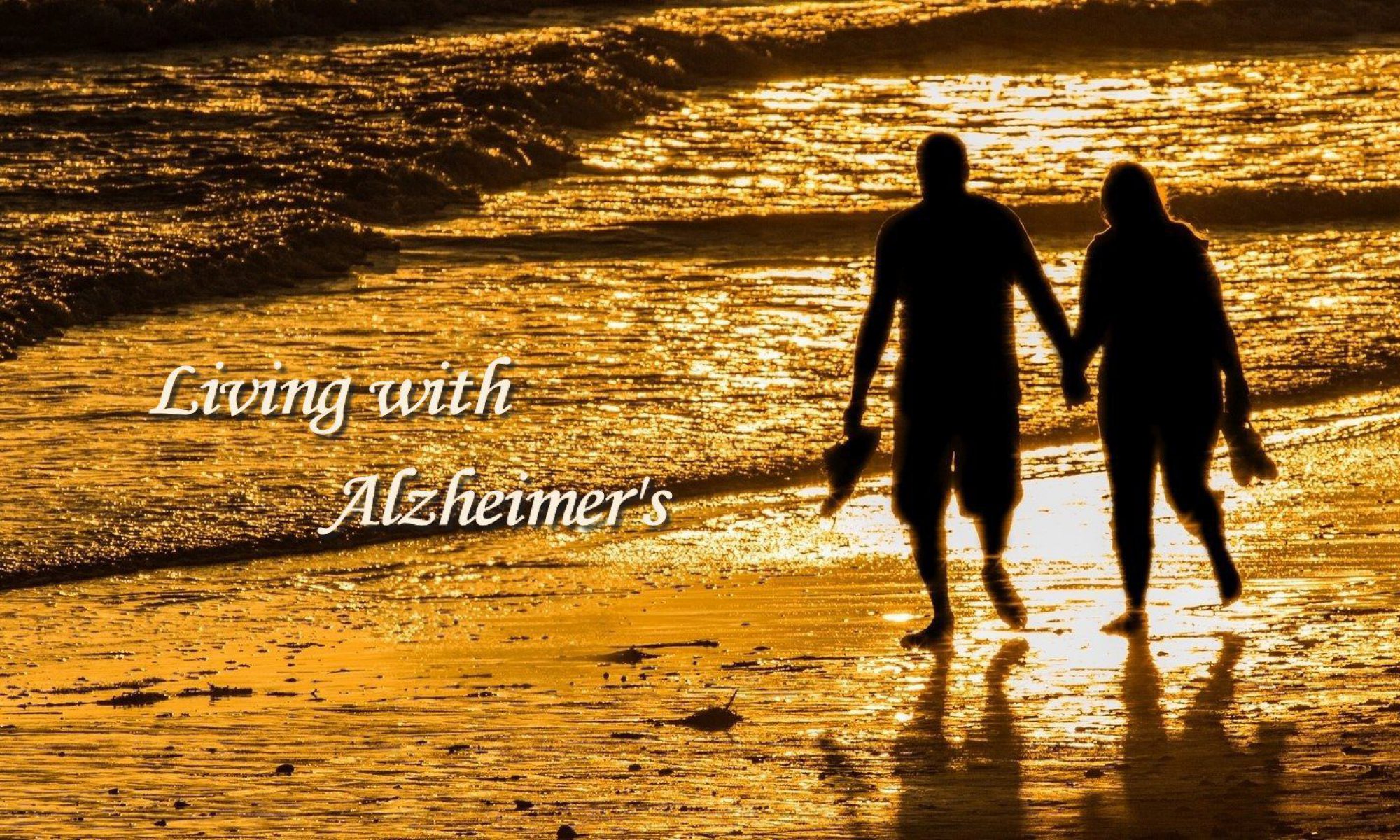January 1, 2025
This site consists of a journal I started on January 21, 2011. That was the date on which my wife, Kate, was diagnosed with Alzheimer’s disease. It is an account of our lives since that time and includes the symptoms Kate has displayed as well as how we have adapted. You will also learn about our frustrations and problems.
What may surprise you is how much we have been able to enjoy life and each other even as we experience the toughest challenges of this disease. In that respect, we have been more fortunate than most couples who travel this road. Kate has declined significantly in recent years and has been in the last stage of Alzheimer’s more than three years. We both tested positive for COVID two weeks before Thanksgiving in 2020, and Kate spent eight days in the hospital. She recovered quickly from the physical effects of the virus but it took several months to recover from the trauma of being taken to the hospital by ambulance and the hospital experience itself.
In early February 2022, she had a stroke. That has also had an impact on her. She was an early stage of aphasia, and the stroke made that worse. She doesn’t talk much, and when she does, it is almost impossible to understand what she is saying. Every day, however, she says a few words or sentences that we can understand clearly. The stroke also affected her right leg, She is unable to straighten it.
Although our lives have changed significantly, we continue to enjoy life and each other. We can’t be as active as had been, but we still get out as much as we are able. We live in a continuing care retirement care community. Every day we go out for ice cream at 3:30 and go from there to dinner at 4:30. That gives us enough time to have a leisurely dinner and get her to bed around 6:30.
I don’t know what lies ahead, but we began our journey with the intent to enjoy life and each other for as long as we could. That seems to have worked in the past, and I am hopeful that it will serve us well in the future.
Thank you for your visit.
Richard Creighton @LivingWthAlz





